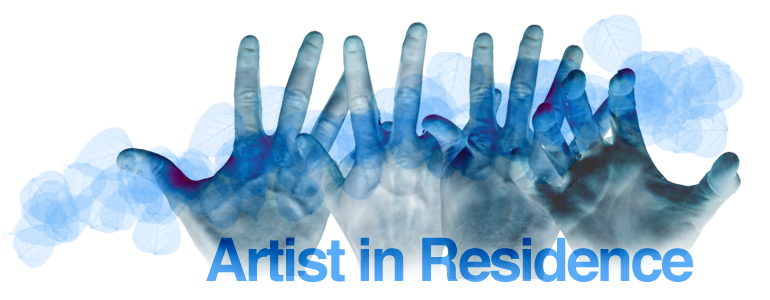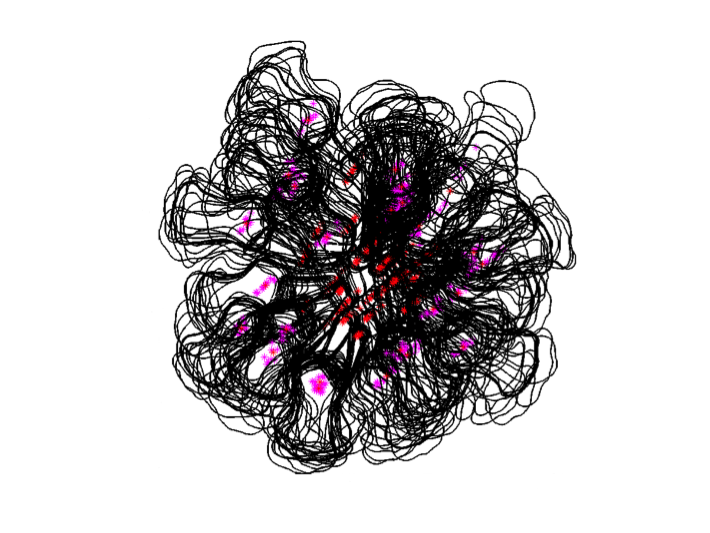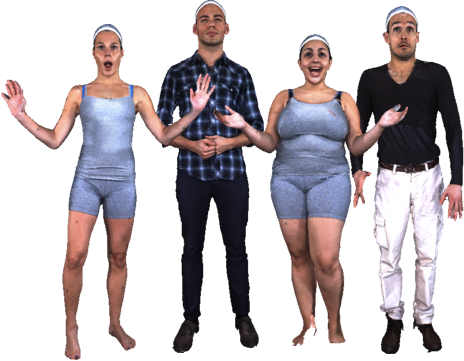
"Many artists and scientists have interests in such issues as artificial life, telepresence, multimedia and immersive environments. But there is a substantial difference in their backgrounds and perspectives and it is this terrain that can lead to innovation"
--Harris C (1999) Art and Innovation. The Xerox PARC artist-in-residence program. Cambridge, Mass.: MIT Press, pg. 5
An artist in residence program at Tübingen MPI invites artists and matches them with researchers who often use the same media, though in different contexts. The output of these pairings is both interesting art and the stimulation of scientific innovation by bringing in new ideas, alternative viewpoints, personalities, and methodologies. The MPI Tübingen is particularly suited for such an endeavour, as its research on biological cybernetics and intelligent systems is based on virtual reality, immersive environments and other multimedia technologies. Perceiving Systems is hosting the first AIR program at MPI Tübingen.

“We need to get back … to the renaissance, when there was a real free play between the arts and the sciences, to create a laboratory of innovation,”
--Ariane Koek, head of CERN’s new artist in residence programme (September 2011)
Both history and recent examples indicate that combining the disiplines of art and science does lead to success. XEROX has initiated a particularly interesting AIR program in the 90s, as it encouraged artists not only to process ongoing work and make it accessible to the public, but also to take part directly in the creative process itself. To this end, artists are paired with scientists that use the same or similar media. In one instance, for example, an artist who was interested in human gestures for compositions and performances was paired with a scientist interested in motion perception. At the time the artist used a MIDI controller based on electrode sensors worn against the skin to generate sound from gestures. Through discussions the idea of a wireless controller evolved that would use a video to detect the user's gestures, analyze and translate the information to the MIDI to make the sound. This was a grounding for an array of interesting possibilities both scientifically and artistically.
Any piece of art that evolves from the project and deemed interesting to the public, would be displayed to engage the public with the art and also with the science at the heart of it.
If you are an artist and are interested in finding out more about the program in Perceiving Systems then send an e-mail to
pstrials@tue.mpg.de.
We would like to know why you are interested in the project and what kind of project you have in mind. The residency in Tübingen could be between 1 to 3 months depending on the project.
We look forward to hearing from you!




